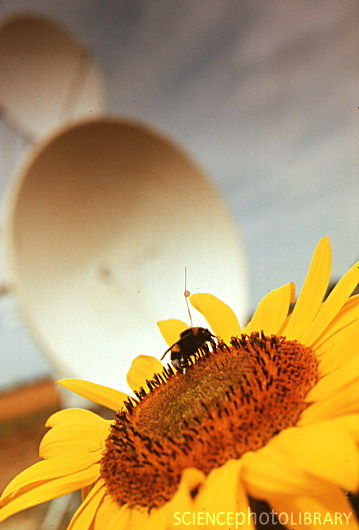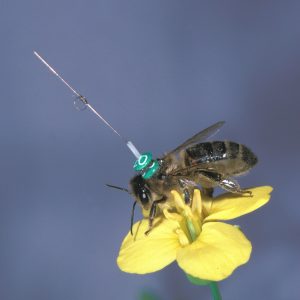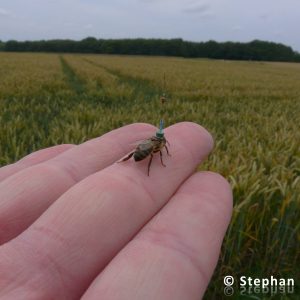What a week this has been. Never in my life did I expect to say this, but I am now a current resident of Las Vegas, Nevada. A long ways away from the Redwood coast that I called home for four and a half years, I have been thrown into a completely new world. I have traveled from a small town to a huge one; from 50 inches of rain a year to this place that gets 4; from a Redwood forest to the desert. I cannot think of two places that are more dissimilar. And yet, I have been able to find beauty in both.
Upon arriving in Las Vegas last week I could not see beyond the strip malls, housing developments, thousands of people, and casino lights. The traffic stressed me out and I felt like turning my car around and heading right back to Arcata, CA from where I recently graduated. I couldn’t imagine finding peace is such a giant city, and yet it seems I have.
I began work at the Springs Preserve on Monday and all of my fears about living here have slowly dissolved. The Springs Preserve is located in the middle of the city, a 180-acre refuge for wildlife and native plants. It has only been open to the public for 5 years but has so much to offer. With a focus on sustainable living, the Springs Preserve features museums, a botanic garden, and an interpretive trail through a wetland habitat. Though the majority of my internship will not be spent working on site at the Springs Preserve, I will have multiple opportunities to teach classes and put on demonstrations for the schools and families that visit. Every employee I have met has such a passion for education, conservation, and sustainable living; I am excited to join the team.
During my internship I will primarily be working for the Seeds of Success Program with the local BLM office. Due to a lack of rain, I have yet to begin training for that and am eager to get out in the field. My first few days, however, have been great. This weekend I will be participating in the Springs Preserve’s Cactus Salvage Program and am very much looking forward to getting my hands dirty. The Springs Preserve has partnered with local developers to salvage cacti from lands to be developed, which will then be potted and sold to local residents. All profits from the cactus sale will fund grants to local elementary school teachers for programs focused on botany, recycling, sustainable living, and water conservation, among other topics.
During preparation for the Cactus Salvage, I had my first real dose of the desert. From a distance it looks pretty lifeless but I should know by now that that is never the case. Up close, it really is beautiful. Here are a couple shots of the cacti that we will be working with this weekend.

Cottontop cactus (Echinocactus polycephalus)

Silver Cholla (Opuntia echinocarpa)

Hedgehog cactus (Echinocactus engelmannii)
My first week in Las Vegas has been wonderful. I have been challenged and inspired by this new landscape and know that I have so much to learn about my new home. I am looking forward to seeing how this internship will evolve with the coming field season and can’t wait for these next steps!
Everyone do a little rain dance for those of us in Las Vegas!
Allison Clark
CLM Intern: Springs Preserve, Las Vegas, Nevada













